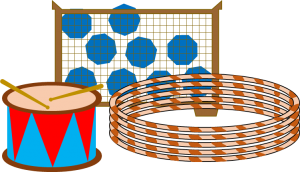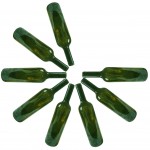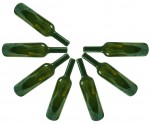 One approach to leveling (also known as heijunka [平準化], or production smoothing) is capacity leveling: Do not add more production orders into the system than what the system can handle. Try to produce the same total quantity every day. Doable for almost everybody, and one of my favorites. In fact, if you are using a pull system like kanban or CONWIP, then you are already almost there.
One approach to leveling (also known as heijunka [平準化], or production smoothing) is capacity leveling: Do not add more production orders into the system than what the system can handle. Try to produce the same total quantity every day. Doable for almost everybody, and one of my favorites. In fact, if you are using a pull system like kanban or CONWIP, then you are already almost there.
This approach is not the highest and best form of leveling, but it is doable for almost all firms. Some other approaches, notably an Every Product Every Cycle (EPEC) approach, often do more harm than good.







